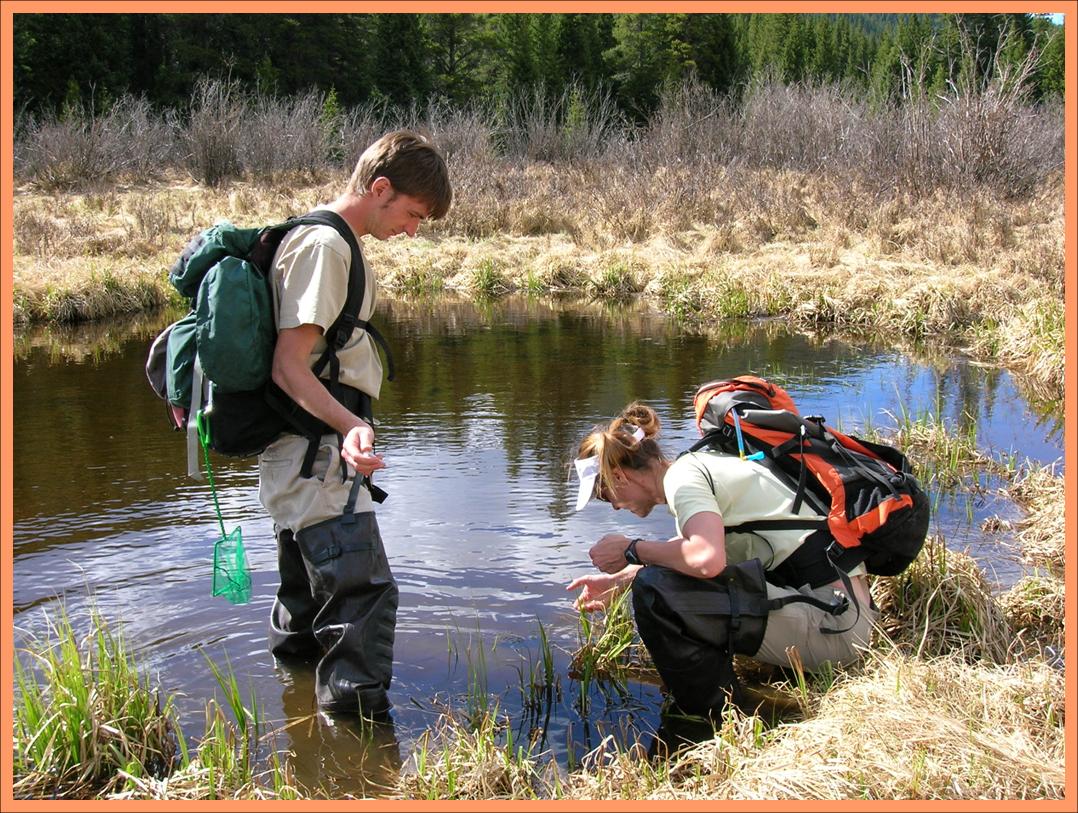The importance of local and landscape-scale processes to the occupancy of wetlands by breeding wood frogs and boreal chorus frogs
Abstract/Summary
Variation in the occurrence and abundance of species across landscapes has traditionally been attributed to processes at fine spatial scales (i.e., local conditions), but processes that operate across larger spatial scales such as seasonal migration or dispersal are also important. Recognition of the importance of processes that operate at broad, as well as fine, scales is growing. We evaluated hypothesized relationships between the probability of occupancy in wetlands by wood frogs (Lithobates sylvaticus) and boreal chorus frogs (Pseudacris maculata) during the breeding season and attributes of the landscape measured at three spatial scales in Rocky Mountain National Park, Colorado. We also used cost-based buffers and least-cost distances to derive estimates of landscape attributes at the broader spatial scales represented by seasonal movement and dispersal. Occupancy by breeding wood frogs was associated positively with the amount of streamside habitat adjacent to a wetland and associated negatively with the cost-based distance to the nearest occupied wetland. Occupancy by boreal chorus frogs was associated positively with the number of neighboring, occupied wetlands. We found little evidence that occupancy was correlated with fine-scale attributes measured at the wetlands.
Publication details
| Published Date: | 2012-06-15 |
| Outlet/Publisher: | Population Ecology 54: 487-498 |
| Media Format: |
ARMI Organizational Units:
Rocky Mountains, Southern - BiologyTopics:
ManagementMonitoring and Population Ecology
Species and their Ecology
Place Names:
ColoradoRocky Mountain National Park
Keywords:
amphibiansARMI
behavior
colonization
detection
distribution
ecology
habitat
habitat use
management
monitoring
movement
occupancy
population
wetlands
wildlife habitat

